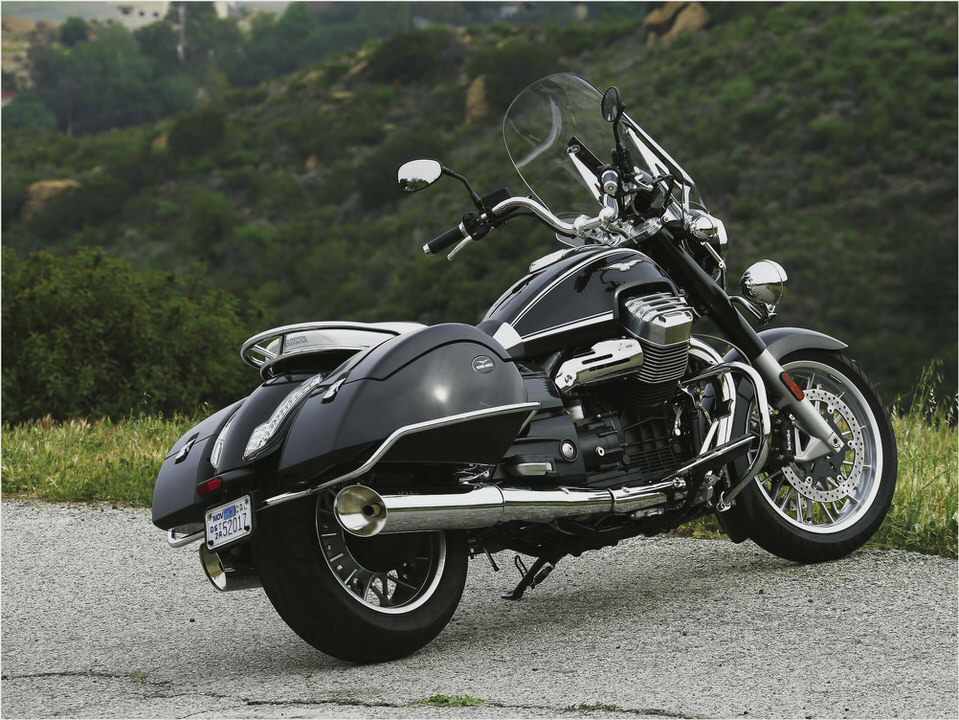

Naughty or Nice? Moto Guzzi Lets the Rider Choose
By STUART F. BROWN
Published: September 30, 2007
PROMINENT among the attractions that motorcycles hold for the mechanically curious is their inclination for full disclosure. Except for fully dressed touring rigs or the most faithful of racetrack replicas, the intricacies of the suspension, the construction of the brakes, even the structural details of the frame, are there for all to see.
Such immodest display is the strong suit of the Moto Guzzi Griso 1100.
With the Griso, Moto Guzzi has created a machine not quite like any other. It doesn�t have a wind-blocking fairing, so it is considered naked in today�s marketing parlance. It offers a comfortable upright riding position like a Harley-Davidson-style cruiser bike, but without conforming to that category�s emphasis on show at the expense of deft handling.
The Griso is its own bad self, with powerful brakes and an excellent suspension that lend confidence when hustling down a twisty road.
The Griso�s provocative styling is arranged to showcase the bike�s distinctive engine. This is not a subtle-looking power plant. Giant exhaust pipes jut from its angled cylinders, looping down the left side of the bike to a leviathan muffler � its size is a needlessly adolescent touch, I thought � that broadcasts a muted but stirring rumble.
The engine is mounted in a steel frame that is also a major styling element, with a long section of tubing in full view alongside the gas tank. The fuel filler cap, as big as a pancake, looks as if it has been lifted from a jet fighter. Like a Lamborghini, a parked Griso soon gathers onlookers armed with questions and compliments.
The engine layout is another area in which the Griso distinctly goes its own way. It is powered by a 1,064 cc version of Moto Guzzi�s signature V-twin. Mounted with the cylinders poking to the left and right, rather than the front-and-back layout of a Ducati or a Harley, the Guzzi engine draws heavily on tradition.
Artfully finned aluminum cylinders, positioned at a 90-degree V-angle, are air-cooled; each cylinder has just two valves; and the valves are opened by pushrods, not overhead camshafts. Though far from the leading edge of engine technology, it delivers power in a satisfying way � and the transverse mounting helps keep a rider�s knees warm on cool autumn days.
Sharing many of the Griso�s mechanical bits � though they are largely hidden from view by tastefully sculptured bodywork � is Moto Guzzi�s sport-touring entry, the Norge 1200. Powered by an 1,151 cc version of the Guzzi engine, the Norge provides a surefooted and relatively lightweight mount for eating up the miles.
Adaptations that make the Norge so suitable for long tours include a six-gallon gas tank, which means that refueling stops can be more than 200 miles apart. A pair of nicely styled hard-shell saddlebags are easy to mount and detach and are big enough to hold a full-face helmet.
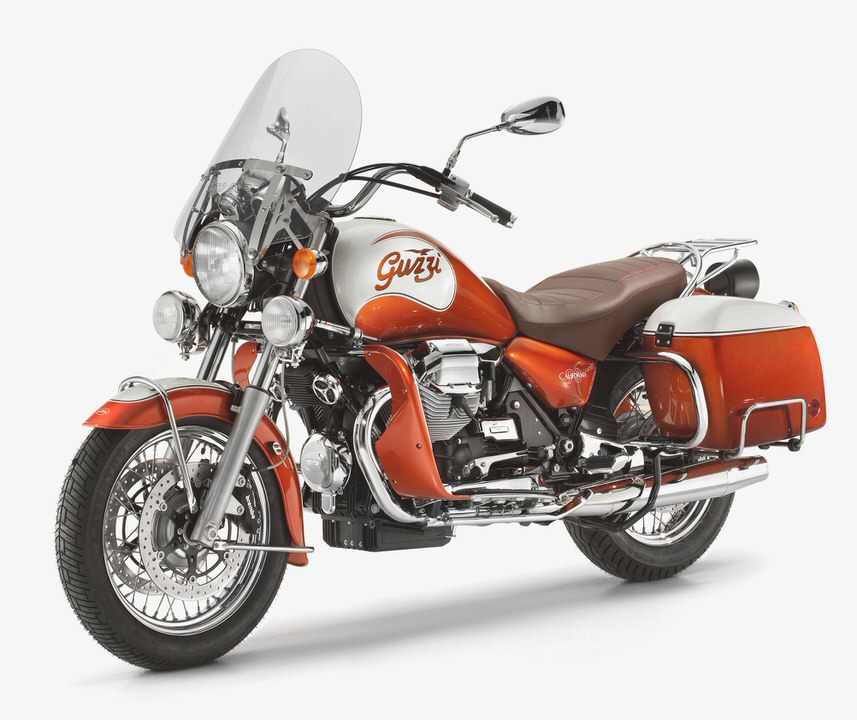
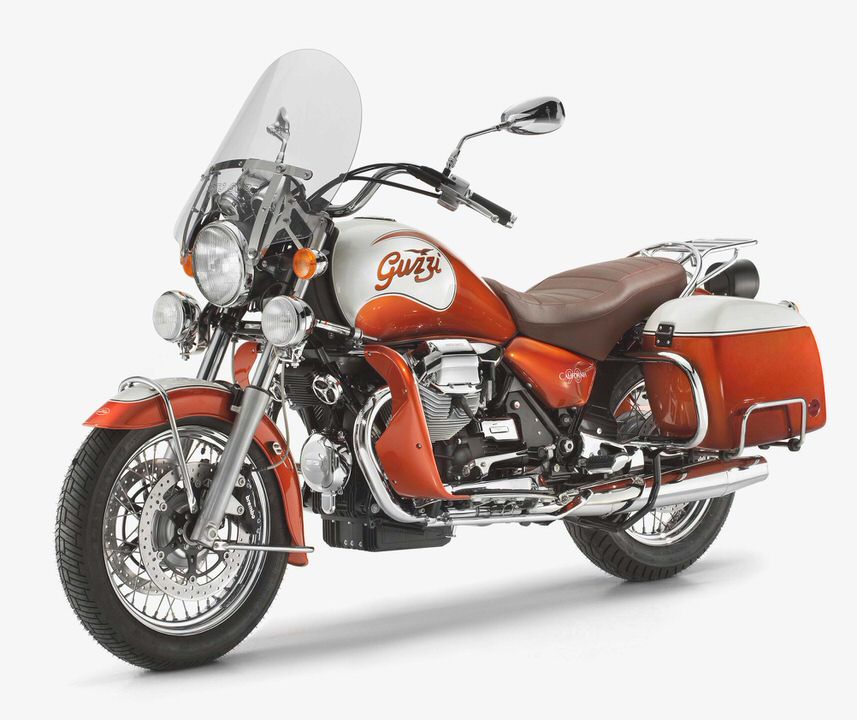
Antilock brakes are standard equipment, adding to the Norge�s appeal as a traveling companion. The Norge also comes with heated handgrips and an electrically adjustable windscreen whose angle can be varied to suit a rider�s preference.
Although there is no shortage of excellent sport-touring bikes on the market, Guzzi�s Norge 1200 deserves a look from riders seeking an uncommon and distinctly Italian way to accomplish Interstate travel.
While most people have never heard of Moto Guzzi, the company has enjoyed a small and fervent following in the United States. For many years, riders who wanted a motorcycle with a driveshaft instead of a less reliable chain had few choices besides a BMW or a Moto Guzzi.
Today�s Guzzis are still shaft-driven, although with far greater finesse than the bright-red 1980s models (a V50 Monza III and a CX100 Le Mans) I used to own. Those bikes had transmissions better suited to farm implements; an odd twitching reaction to engine torque when accelerating; and an up-and-down jacking of the rear end when rolling the throttle on or off. Riding them was an acquired taste.
But that was then. In 1,200 miles of riding the Griso 1100 and the Norge 1200, those quirks prove to have been relegated to the past. The motorcycles have benefited from numerous engineering improvements and from modernization of the factory in Mandello del Lario next to Lake Como, where the company has been since 1921.
Italy�s motorcycle industry is a hazardous territory where the fortunes of manufacturers rise and plummet with unnerving frequency. Against this turbulent backdrop, it is reassuring to find that Moto Guzzi appears to be on firm footing under the ownership of the Piaggio Group, better known as the makers of Vespa motor scooters, which acquired Moto Guzzi in 2004 along with the rest of Aprilia, another Italian bike manufacturer.
Aprilia, which had bought Moto Guzzi in 2000, invested liberally in new-model development, pouring in engineering expertise and money earned from its motor-scooter business. The decision was made not to totally revamp the bikes� architecture, but rather to improve on what was already a sensible design.
Aprilia ran into hard times, though, when Italy passed a mandatory helmet law and the country�s scooter market plunged by 40 percent in 2000, said Paolo Timoni, president of Piaggio North America.
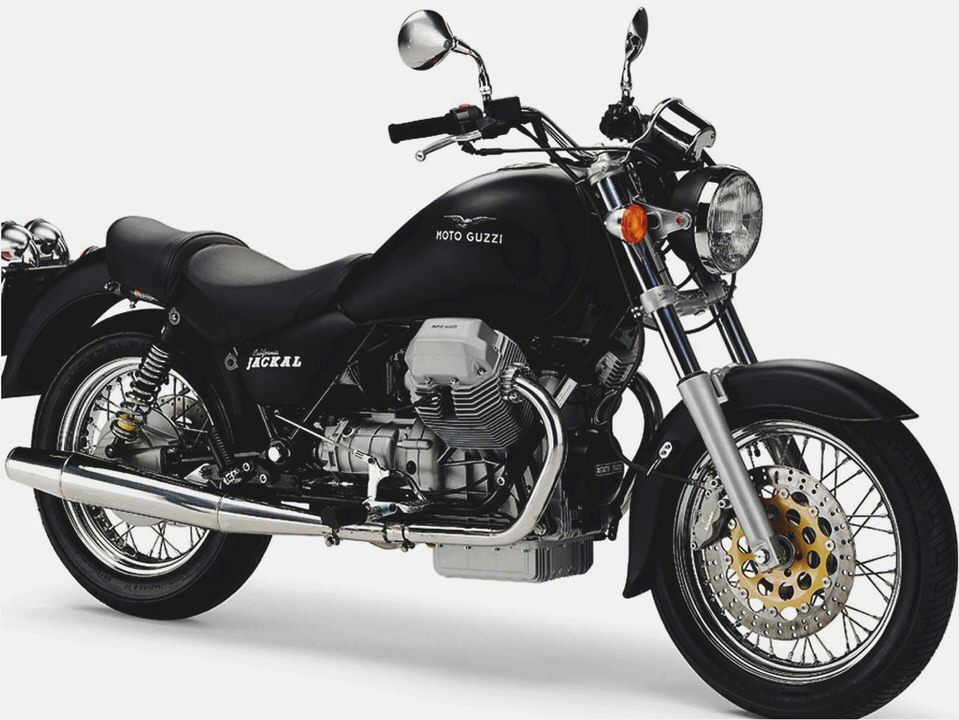
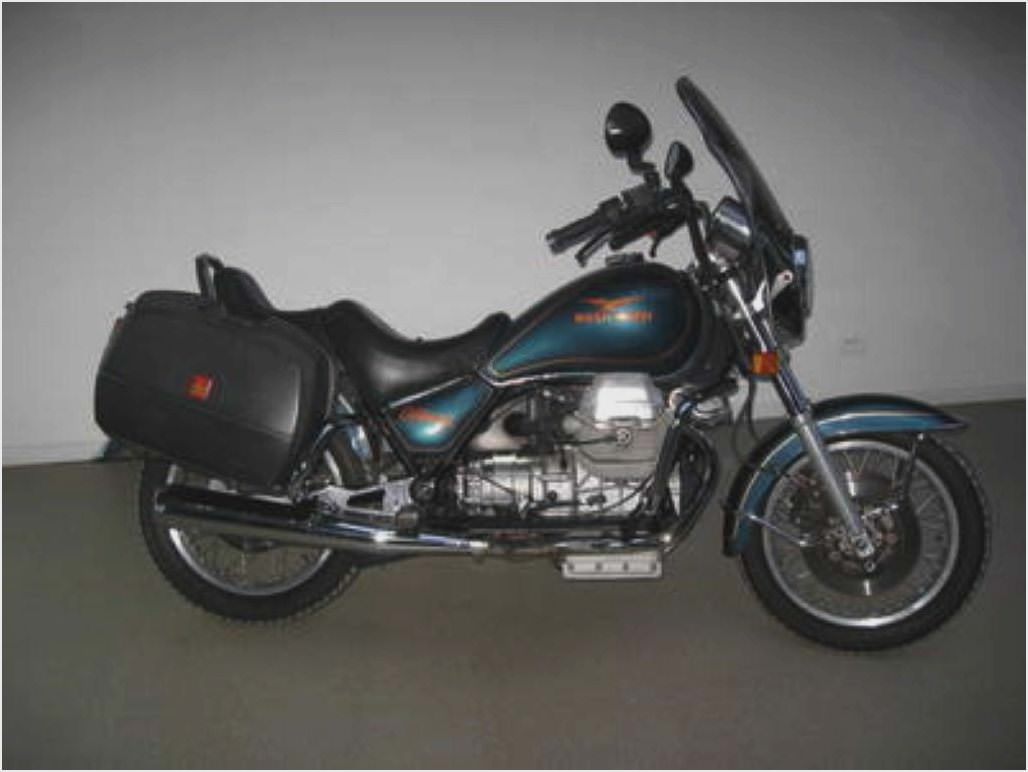

- Test Moto Guzzi Stelvio 1200 NTX: Spirit of Adventure
- The Moto Guzzi Griso 8v is perfectly potent – Telegraph
- Moto Guzzi National Owners Club – Ask the Wrench
- Moto Guzzi,Moto Guzzi Bellagio,Moto Guzzi Breva,Moto Guzzi California…
- Moto Guzzi V7 (just couldn’t pass on it)

